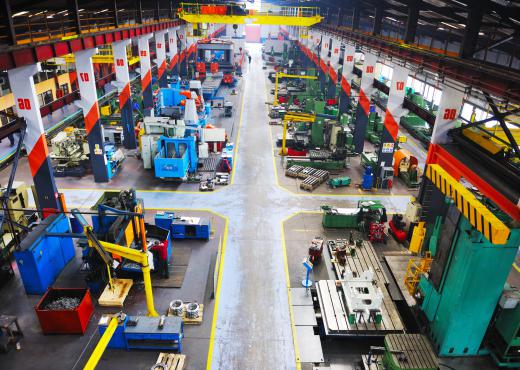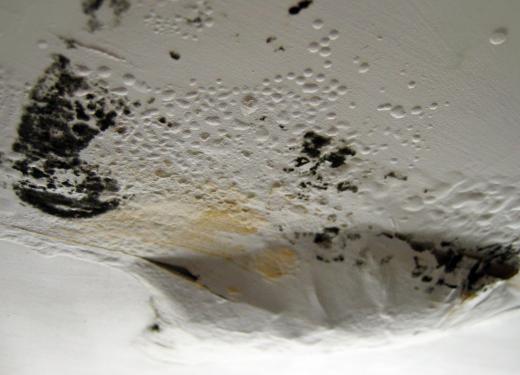Facilities maintenance is a term that identifies the various tasks and strategies that are necessary to sustaining the ongoing operation of a business facility. The goal of this type of maintenance is to make sure that the manufacturing process is efficient in terms of using resources to best advantage and keeping production levels at near maximum efficiency. In order to accomplish this goal, facilities maintenance often addresses issues involving the physical plant, and the operation and maintenance of machinery that is key to the production process.
In terms of building maintenance, the task of facilities maintenance focuses on making sure that the building itself is in compliance with local building codes and safety requirements. Periodic inspections are conducted to make sure the wiring and plumbing are in proper working order, floors are sturdy and level, roofs are stable and strong, and the walls of the structure are retaining their integrity. Many businesses conduct their own internal checks, making it possible to address any deficiencies before formal inspections by municipal personnel are conducted.

Facilities maintenance also involves addressing the issue of the current condition of all machines used in the production process. Components that have become worn over time are replaced promptly, parts that require regular lubrication are maintained on a predetermined schedule, and the internal wiring of each machine is checked for signs of erosion. Maintaining the machinery responsibly not only helps to maintain efficiency in the production process, but also ensures the safety of people working with and around those machines. This in turn has the effect of making the work environment more appealing and motivating valuable employees to remain with the company over the long term.

When designing a facilities maintenance strategy, it is important to identify any potential obstacles to the ongoing efficiency of the operation. This means considering what would happen in the event that certain machines were inoperable for several hours, or how the operation would be affected if a backup power station did not function during a power outage. By identifying possible situations where the facility is rendered temporarily unsuitable for production, it is possible to also identify strategies that in turn help to minimize the possibility of those events taking place. At the same time, it is possible to incorporate backup strategies into the overall operational plan that make it possible to continue operation even if there is a temporary failure of a portion of the operation. As part of the facilities maintenance, any machinery or tools that would be necessary to sustain the efforts of the contingency plan would also be regularly tested and maintained.

